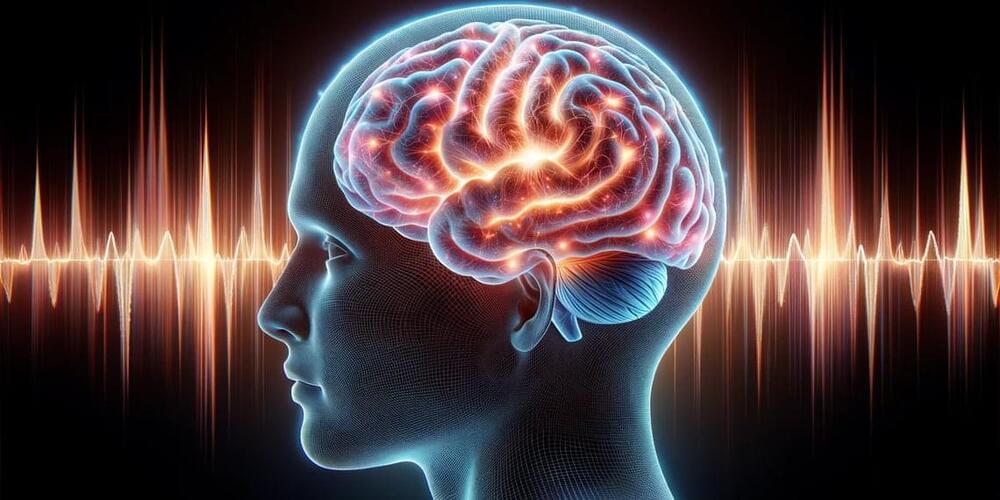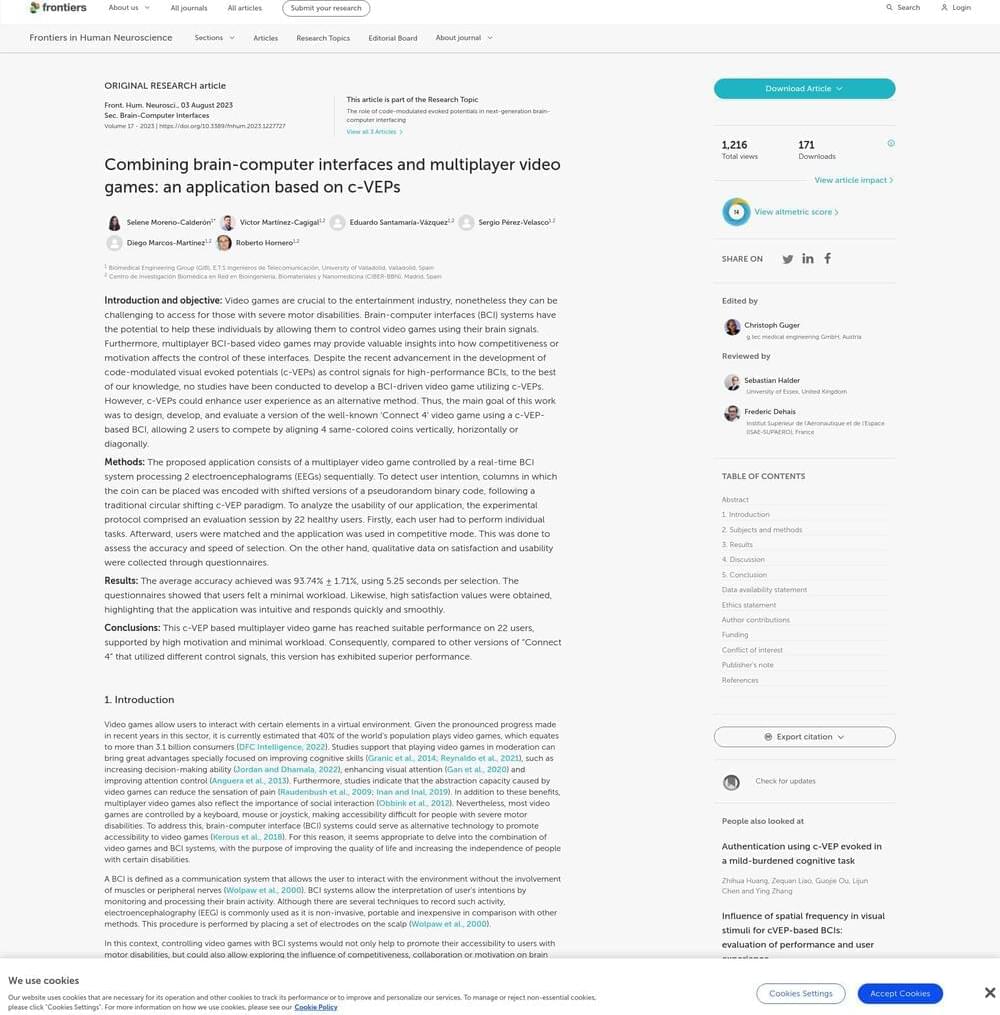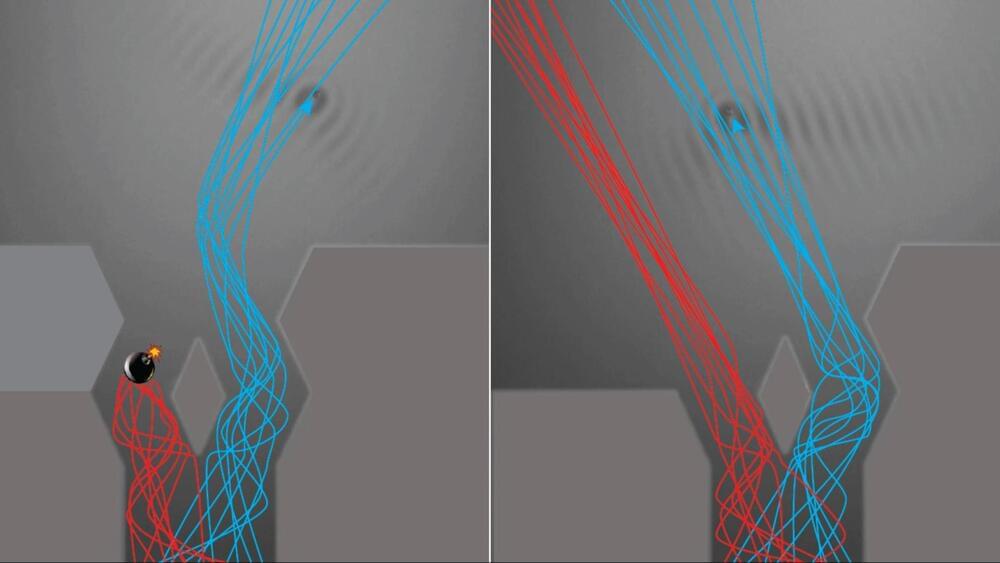😀 Amazing breakthrough face_with_colon_three
A group of Spanish researchers have developed a brain-computer interface based on electroencephalograms that allowed a group of 22 users to play a simple multiplayer game. The interface was 94% accurate in translating players’ thoughts into game moves, with each move taking just over 5 seconds. The study was published in Frontiers in Human Neuroscience.
A brain-computer interface is a technology that enables direct communication between the human brain and external devices, such as computers or prosthetic limbs. Brain-computer interfaces work by detecting and interpreting neural signals, typically through electrodes placed on the user’s head. These signals are then translated into actionable commands, allowing individuals to control computers, devices, or applications using their thoughts.
Brain-computer interfaces offer significant potential in medicine, from helping paralyzed individuals regain environmental control to treating neurological disorders. However, their broader adoption is hindered by challenges in accuracy and the extended time required to interpret brain signals.






